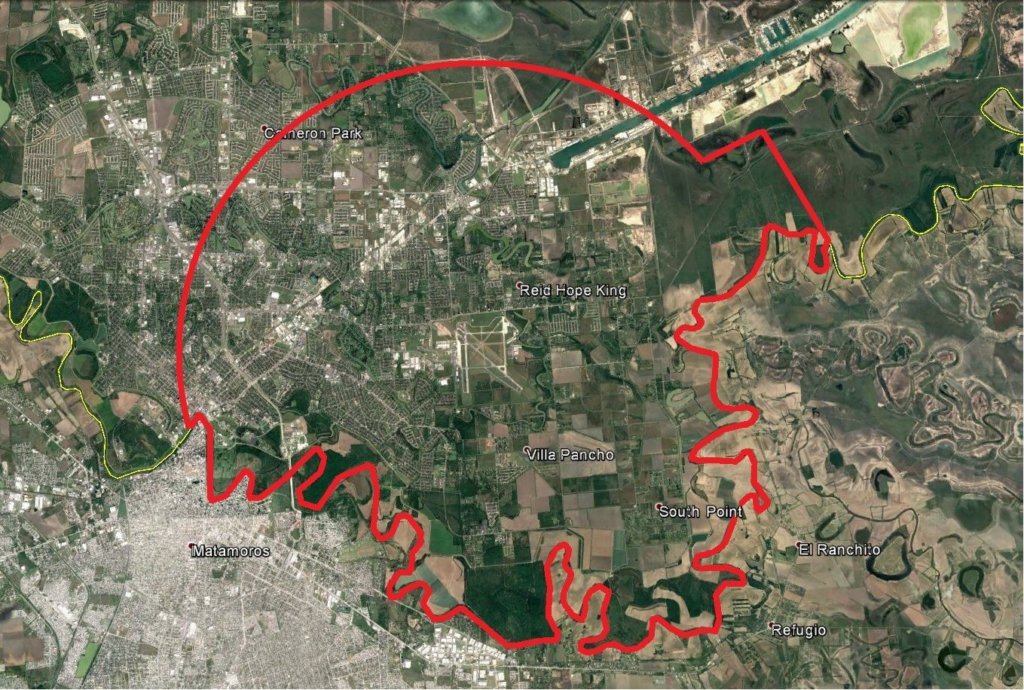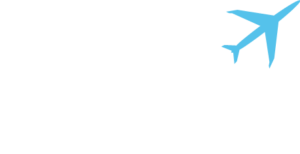Drones/Unmanned Aircraft Systems (UAS)
An unmanned aircraft system (UAS), sometimes called a drone, is an aircraft without a human pilot onboard – instead, the UAS is controlled from an operator on the ground. When you fly a drone in the United States, it is your responsibility to understand and abide by the rules.*
Airspace Restrictions in the United States
Many areas in the US are restricted or limited due to special conditions or events. Below is a list of common restrictions on the use of UAS*:
- Restricted Airspace
- Temporary Flight Restrictions
- Stadiums and Sporting Events
- Wildfires
- Airports
Airports
Recreational operators are required to give notice for flights within five miles of an airport to both the airport operator and air traffic control tower, if the airport has a tower. However, recreational operations are not permitted in Class B airspace around most major airports without specific air traffic permission and coordination.*
To the right is a graphic representation of what a 5 miles radius around BRO Airport looks like. So if you’re inside the area, remember to call the FAA and coordinate. (866) TELL-FAA ((866) 835-5322)
Please click here for more detailed information on Airspace Restrictions. For more information on how to fly, and UAS programs, incentives, and opportunities, click here.

Title 14, Chapter I, Subchapter F, Subpart B – Operating Rules**
| 107.37 – Operation near aircraft; right-of-way rules | (a) Each small unmanned aircraft must yield the right of way to all aircraft, airborne vehicles, and launch and reentry vehicles. Yielding the right of way means that the small unmanned aircraft must give way to the aircraft or vehicle and may not pass over, under, or ahead of it unless well clear. (b) No person may operate a small unmanned aircraft so close to another aircraft as to create a collision hazard. |
|---|---|
| 107.39 – Operation over human beings | No person may operate a small unmanned aircraft over a human being unless that human being is: (a) Directly participating in the operation of the small unmanned aircraft; or (b) Located under a covered structure or inside a stationary vehicle that can provide reasonable protection from a falling small unmanned aircraft. |
| 107.41 – Operation in certain airspace | No person may operate a small unmanned aircraft in Class B, Class C, or Class D airspace or within the lateral boundaries of the surface area of Class E airspace designated for an airport unless that person has prior authorization from Air Traffic Control (ATC). |
| 107.45 – Operation in prohibited or restricted areas | No person may operate a small unmanned aircraft in prohibited or restricted areas unless that person has permission from the using or controlling agency, as appropriate. |
| 107.47 – Flight restrictions in the proximity of certain areas designated by notice to airmen | A person acting as a remote pilot in command must comply with the provisions of §§91.137 through 91.145 and 99.7 of this chapter. |
| 107.51 – Operating limitations for small unmanned aircraft | (1) Is flown within a 400-foot radius of a structure; and (2) Does not fly higher than 400 feet above the structure's immediate uppermost limit. (c) The minimum flight visibility, as observed from the location of the control station must be no less than 3 statute miles. For purposes of this section, flight visibility means the average slant distance from the control station at which prominent unlighted objects may be seen and identified by day and prominent lighted objects may be seen and identified by night. (d) The minimum distance of the small unmanned aircraft from clouds must be no less than: (1) 500 feet below the cloud; and (2) 2,000 feet horizontally from the cloud. |
For more information on the Title 14 Code of Federal Regulations Part 107, click here.
*Source: Federal Aviation Administration. ** Source: U.S. Government Publishing Office.


